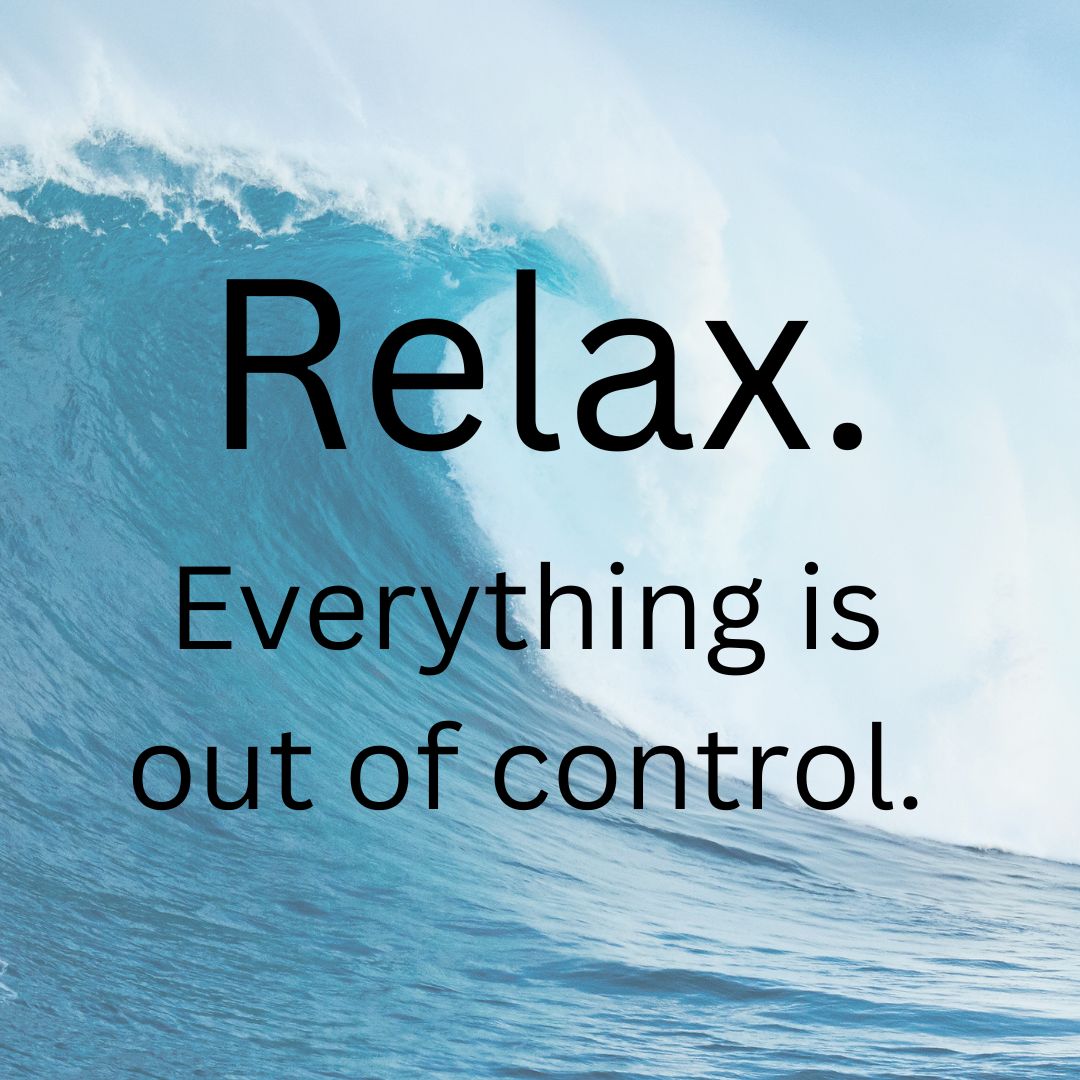| One day, in a movement course that I participated in several years ago, we experimented with the ways our stories shape our movement. The facilitator described several different models of seeing and experiencing our bodies, and then elaborated by saying that each of us has a unique story and context that shapes the way we perceive the truth of our bodies and how we move. From our unique stories we derive language that describes our experience of movement. We reflected on the vocabulary that we use around muscles, bones, organs, connective tissue and the body as a whole, and then experimented with movement that arose from that language. Through this exercise I became aware of some of the ways that I had trained myself to think about and move my body. One part of this context is in our education; if I have learned about human anatomy as a collection of individual muscles and bones that support and move each other – a living system of pulleys and levers – that understanding will be reflected in the way I move. If my understanding of anatomy is that my fascia, or connective tissue, is an organ that surrounds, connects, and supports all of my muscles, bones, and organs, then my movement will reflect that belief. Our personal experiences also contribute to the way we live in our bodies. There is an old story I have about not being graceful. The origin of this story is difficult to articulate, and isn’t especially important to know, but for most of my life I have felt that I am awkward and uncoordinated. I have watched people who moved with elegance and fluidity, who seemed so comfortable in their own skin, and aspired to live in their bodies; I felt embarrassed at my own perceived ungainliness, and wished I knew what it felt like to be graceful. Because my story was about feeling awkward and disjointed, my movements and choices reflected and reinforced that narrative. Through the two weeks of that course, I not only became aware of this old story, but started to ask myself if it was true. I have lived with that story for at least forty years, so it is etched deeply into my being; the work of noticing, questioning, and rewriting it is ongoing. As I continue to do so that old narrative loses its power and new stories become possible. |
  |
| Does this story of mine surprise you? The point of relating this is not to elicit any assurance or response from you, but to illustrate that my experience is my own, just as yours is your own. Our stories aren’t written on the surface of our skin, or even apparent to those who have known us for a lifetime. We’re often not even aware of our own stories until they are challenged, and I think it is difficult, if not impossible, to do the work of noticing, questioning, and re-creating without love and compassion for ourselves. My experience of my body is my own – it can’t be translated for others, and I can’t understand what the experience of others is. So where does that leave me as a teacher of movement? I prescribe less and suggest more; I resist using labels of right or wrong, good or bad, and offer a safe, non-judgemental space for you to start to notice your stories. I remind you that you don’t need to be fixed, that you are whole and complete. If I am doing my job well, you will no longer need my help. Curious? Let’s talk – I am offering a complimentary 30-minute consultation, in which we can talk about your issues, needs and desires, and the ways that I can help you. There’s no obligation and no pressure – please reach out, and please do share this with friends and family. As I write my newsletter each month I like to think of it as the beginning of a conversation with you and am always delighted when the conversation continues – what stories are you aware of? How have they shifted? |




